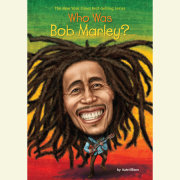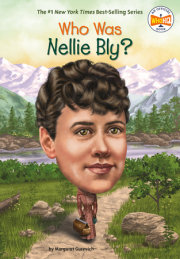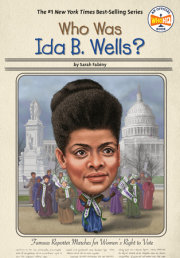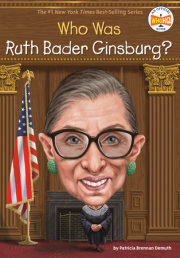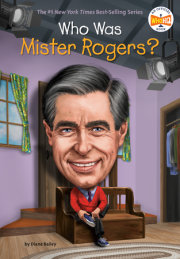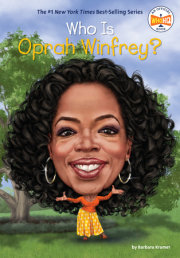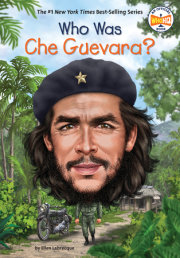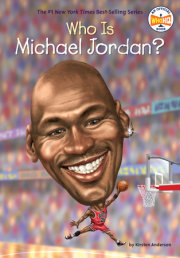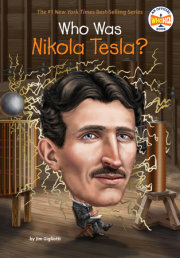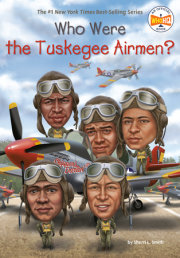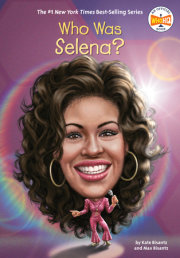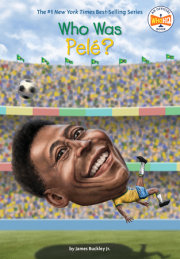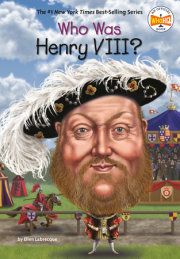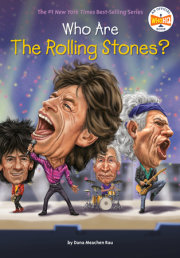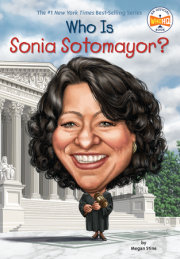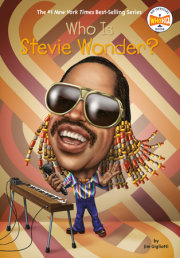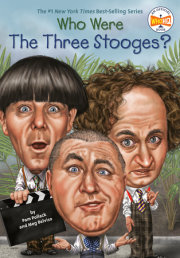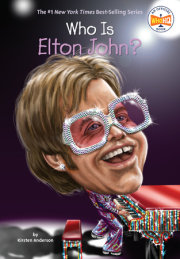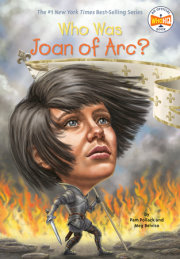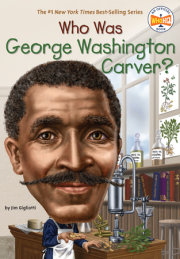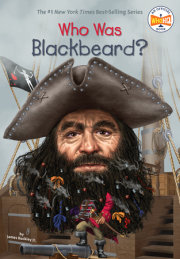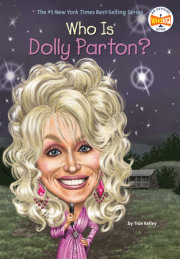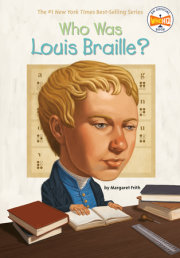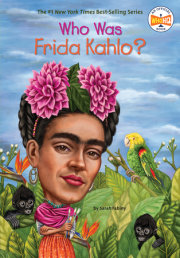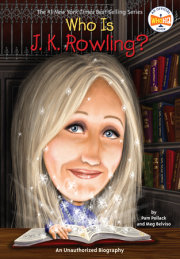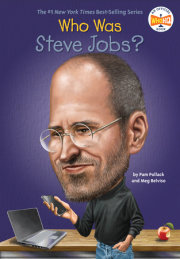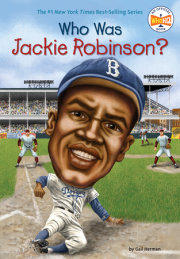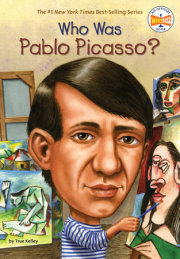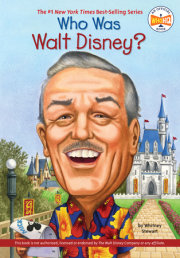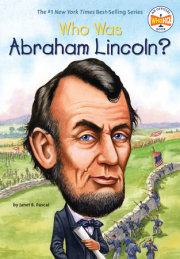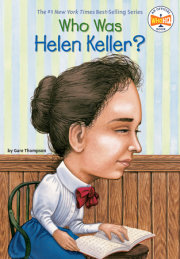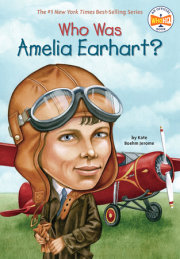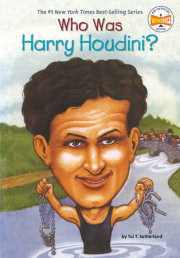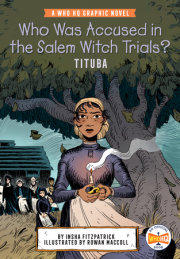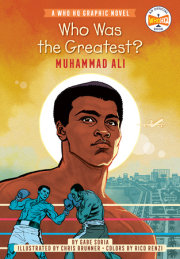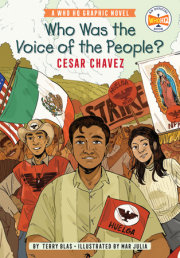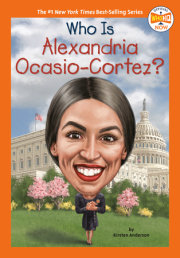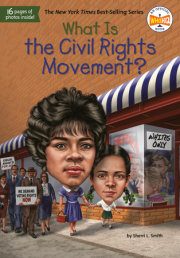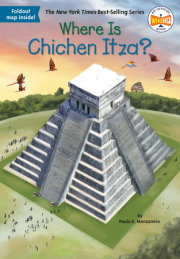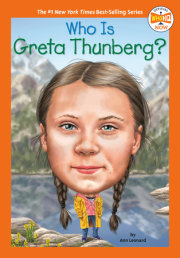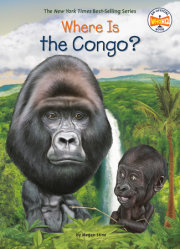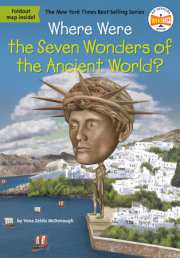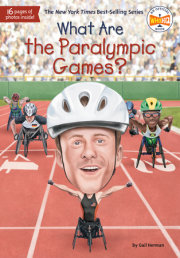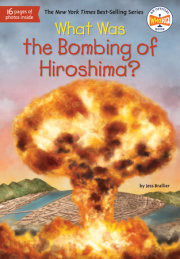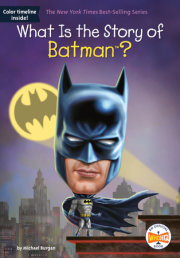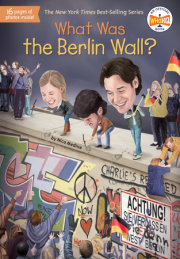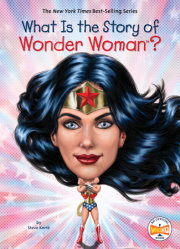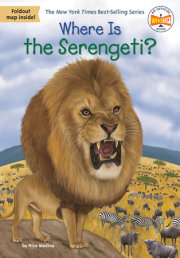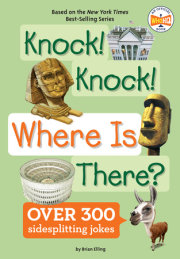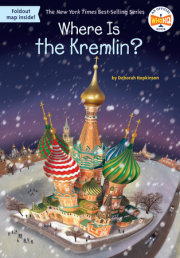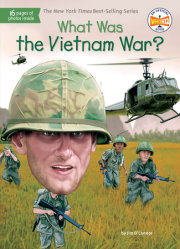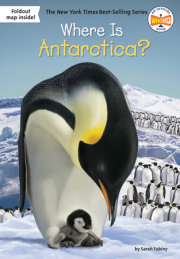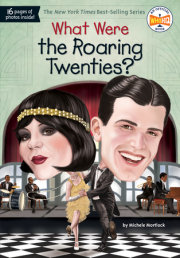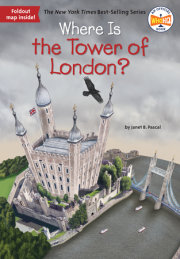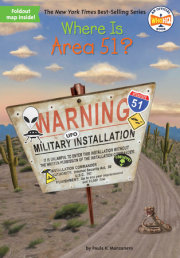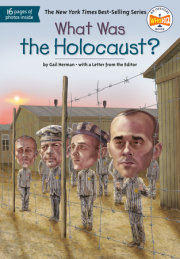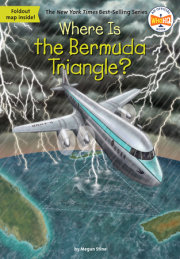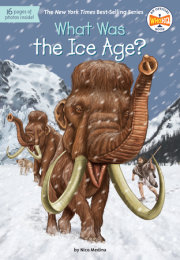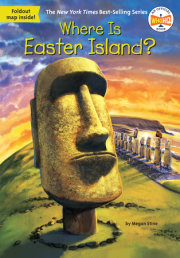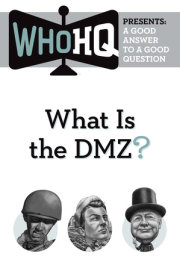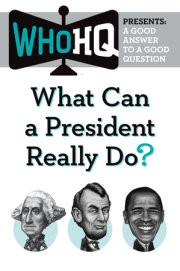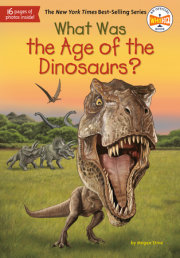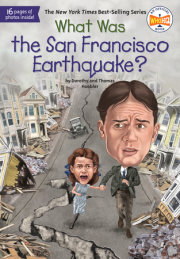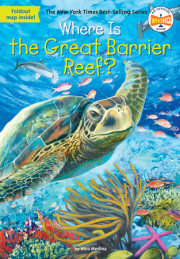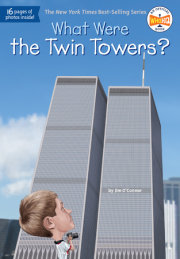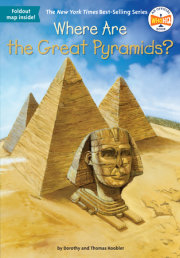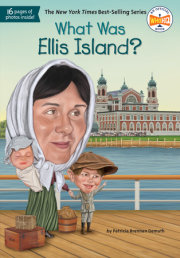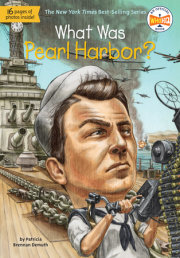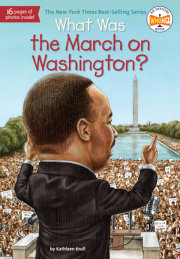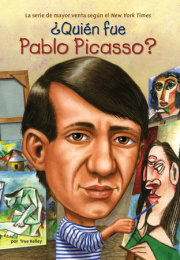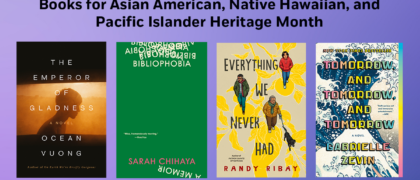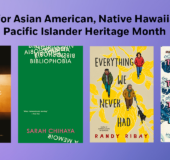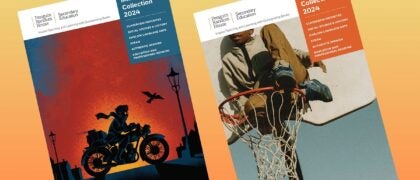Who Was Bob Marley? When he was twelve years old, Bob Marley and his mother, Cedella, boarded the bungo- bungo. That was what people in the Jamaican countryside called the public buses. Bob and Cedella were riding from their small, friendly village, called Nine Mile, to Kingston, Jamaica’s capital city.
Watching their neighbors wave good-bye, Cedella wasn’t as sad as Bob. He was probably thinking about what they were leaving behind: soccer games in the grassy hills and the music his neighbors played on their porches at night. But Cedella was sure she could find a better life for herself and her son in Kingston.
So in 1957, Bob and Cedella rolled down Jamaica’s dirt roads in the bungo-bungo to their new home.
They moved to a Kingston neighborhood called Trench Town. When they arrived, Bob was nervous about what he saw.
Trench Town was a part of the city with run-down buildings and streets crowded with people who were very poor. Many called it a slum. There was no indoor plumbing, so the people of Trench Town had to collect water from pumps in public spaces, called yards. Public yards were like dusty parks set in the middle of big concrete apartment buildings that had been built by the government.
Trench Town could be a dangerous place. People sometimes stole from one another and fought in the street. Bob kept to himself and observed his new neighborhood, trying hard to feel at home there.
Bob noticed that the public yards were where neighbors gathered to talk or play cards and soccer. Some kids played music there. Sometimes it could seem almost like Nine Mile!
When Bob played his guitar in the yard by his house, other kids noticed how talented he was. They even asked to play with him.
Singing and playing with his new neighbors in the public yard, Bob celebrated the good things in life, like having a full meal and a close friend. It seemed the struggles of the poorest people in Kingston made them appreciate the joy that music brought to their lives more than anyone Bob had ever met.
That’s when Bob knew he always wanted to make music—the kind that brought people together to share simple, everyday joys. And Bob went on to do just that. His music continues to inspire and uplift people everywhere.
Copyright © 2017 by Katie Ellison; illustrated by Gregory Copeland. All rights reserved. No part of this excerpt may be reproduced or reprinted without permission in writing from the publisher.



